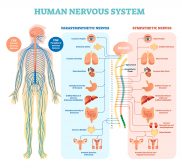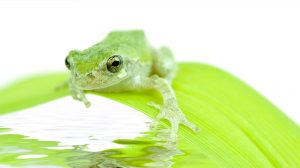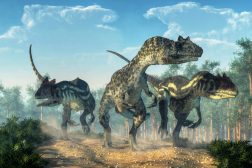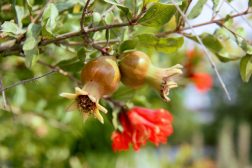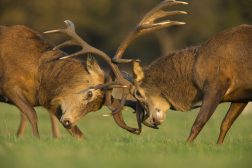Definition
noun
The phenomenon characterized by the limited number of times a normal cell population would divide mitotically until it stops dividing and become senescent
Supplement
In 1961, the American anatomist Leonard Hayflick, together with the cytogeneticist Paul Moorhead, conducted series of experiments on normal culture fibroblast cells and showed that the cells had limited capacity to divide when the cells stopped dividing. They proposed three phases of cell culture, i.e. phase I, phase II, and phase III. Phase I is the primary culture. Phase II is the period when cells multiplied in culture. Phase III is that phase when the cells multiplied relatively slow and ultimately stopped dividing.1 Their proposition contested the popular assumption, which was the cells would be immortal as long as the appropriate conditions would be provided. They theorized that cells would have a limitation as to the number of times they would divide before entering senescence. This phenomenon is postulated to occur as a result of telomere shortening triggering DNA damage response.
Synonym(s):
- replicative senescence
- Hayflick limit
- phase III phenomenon
See also:
Reference(s):
1 Shay, J. W. and Wright, W. E. (October 2000). Hayflick, his limit, and cellular ageing. Nature Reviews Molecular Cell Biology 1: 72-76.

